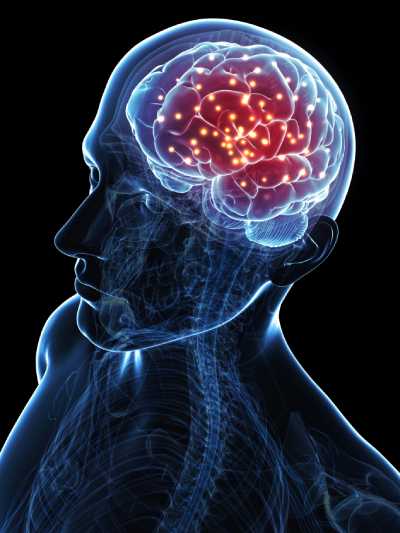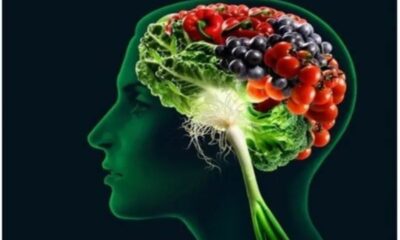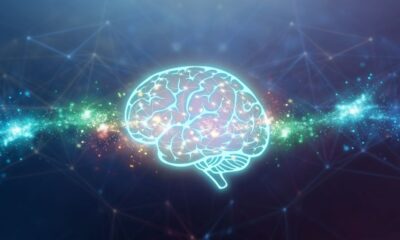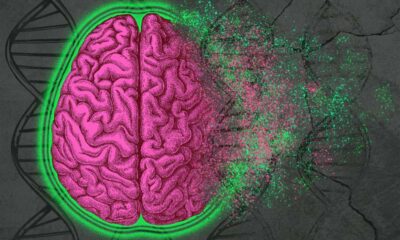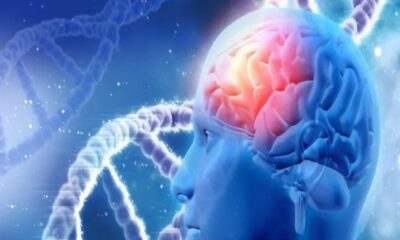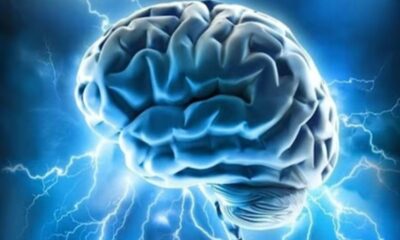- Hereditary connective tissue disorders may have far-reaching and frequently unexpected effects on mental health.
- Psychological diagnoses, for example, may be made for people with Ehlers-Danlos syndrome.
- Patients with connective tissue inherited diseases require comprehensive care.
A fundamental takeaway from the advances in psychology and psychiatry in recent years is a straightforward anti-Cartesian lesson: the body and mind are inextricably linked. This has given rise to interesting diagnostic hypotheses, such the hypothesis that inflammation may be a contributing factor to depression, to name just one. Furthermore, it has spawned several surprisingly effective and beneficial approaches, such incorporating yoga and other bodily techniques into conventional “talk therapy.” The field of relationships between the body and mind still has a lot to learn. One in particular merits discussion: the finding that a group of illnesses referred to as inherited connective tissue disorders can have broad, frequently unexpected effects on mental health.
Hereditary connective tissue disorders: what are they? These conditions, which affect the connective tissues of the body—the many tissues that support and keep the body together, such as ligaments, cartilage, and bones—are inherited genetically, hence the term. There are a number of these conditions, the two most well-known of which are Marfan syndrome and Ehlers-Danlos syndrome (EDS). Since connective tissue is widely used, these disorders can have far-reaching and frequently dangerous consequences. For example, Marfan syndrome has been linked to potentially deadly heart problems, but these can currently be managed with medicine and surgery. Connective tissue abnormalities, however, may also have psychological effects.
These connected to EDS may be the most well-researched of all. Fatigue and pain are common symptoms of EDS, which can be puzzling if the condition is not identified. As a result, even though the patients’ symptoms are not psychological in nature, these individuals may be diagnosed with psychological conditions such functional neurological illness. However, there is still more to the relationships between EDS and psychology than this. Research indicates that compared to the general population, those with EDS have far greater incidence of anxiety disorders, ADHD, and autism spectrum disorders. Research is still being done to better understand the mechanisms underlying these linkages.
Being among the first to discover associations between EDS and anxiety, Antoni Bulbena and associates have suggested the existence of a “neuroconnective phenotype”—a model that illustrates the relationships between the psychological symptoms of EDS, like anxiety, and the non-psychiatric symptoms, like joint hypermobility or extreme flexibility. A significant aspect of this image is that we are comprehending EDS as a primarily physical illness that manifests itself, for certain people, in mental or psychiatric ways, rather than only reporting associations between psychological problems and connective tissue disorders. This implies a novel treatment strategy for some patients, one in which the line separating the mind and body is permeable, as suggested by Bulbena and others.
It may only be getting to know the psychology of HDCTs at this point. Let us take Marfan syndrome, a genetic connective tissue illness that affects approximately 1 in 5,000 individuals (i.e., 60,000–70,000 persons in the US alone). Similar to those who have EDS, those who have Marfan syndrome frequently endure discomfort and exhaustion as a result of their illness. However, the similarities with psychology seem to extend well beyond this, just as they do with EDS. For instance, there seems to be a link between schizophrenia and Marfan syndrome, which some speculate may be caused by a genetic relationship between the two disorders. However, our knowledge of these relationships, if any, is still very tentative and lacking.
However, even with what we currently know, a few lessons remain clear. One is that patients with connective tissue inherited illnesses require interdisciplinary care. These clinics, which combine genetic counseling and cardiology, are already important due to the variety of presentations of these illnesses. These disorders’ psychological components imply that these clinics might also require the integration of social work, psychology, and psychiatry—a process that is currently under progress at several academic medical centers.
The following is another, more general, philosophical lesson. The observation that the body and the mind are interconnected is accurate, if uninspiring. After all, the mind and brain are interconnected in some way, and the brain is a component of the body. Despite this, there are clear institutional and disciplinary lines separating the clinical treatment of the mind and the body. Thinking back on inherited connective tissue disorders highlights one drawback with this strategy. Some illnesses have unexpected effects on the body as well as the mind that are difficult to categorize into separate physiological and psychological components. Future treatments for psychiatric problems should be increasingly embodied, if novel approaches to HDCTs are any guide.

 Diabetology1 week ago
Diabetology1 week ago
 Diabetology4 days ago
Diabetology4 days ago
 Diabetology7 hours ago
Diabetology7 hours ago
 Diabetology7 hours ago
Diabetology7 hours ago
